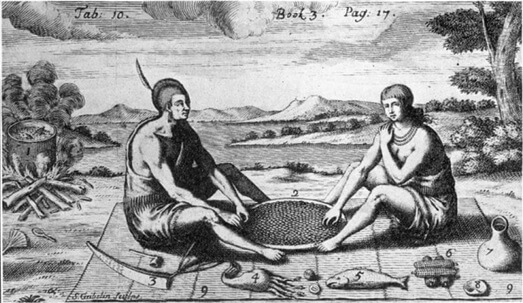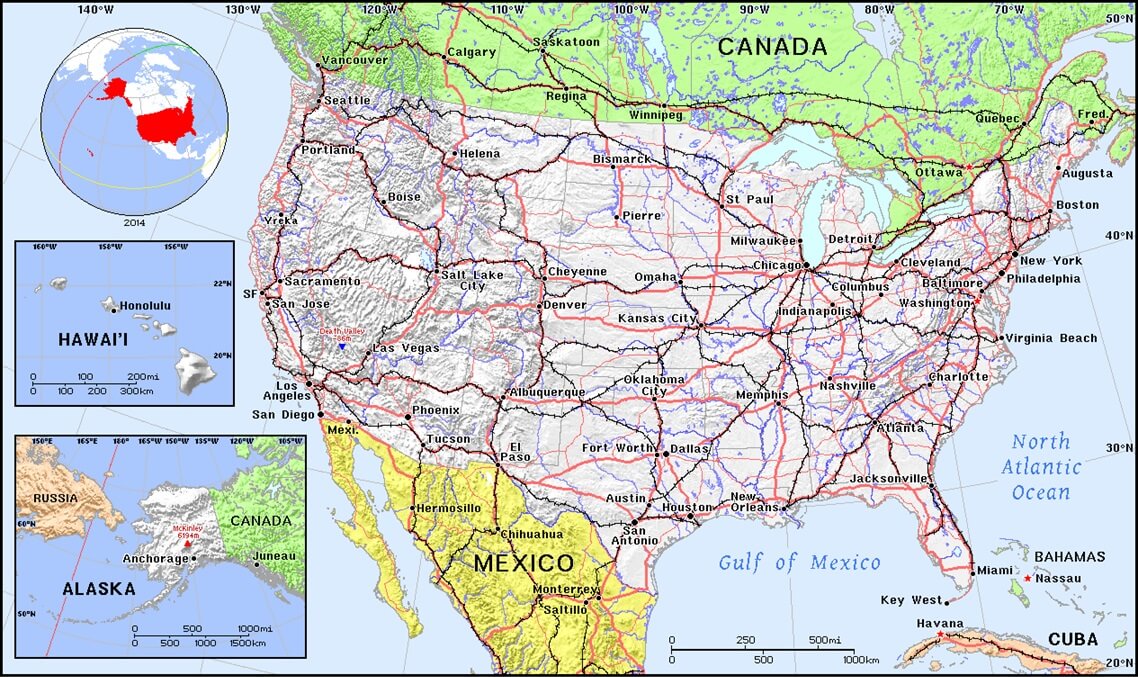 Stories of American Adventure
Stories of American Adventure
Stories of American Adventure
Stories of American Adventure



 Stories of American Adventure
Stories of American Adventure
Stories of American Adventure
Stories of American Adventure

Study the lesson for one week.
Over the week:



Activity 1: Narrate the Lesson
Activity 2: Draw and Label an Arrow


Activity 3: Identify Foods and Tools of the Virginia Indians
Find the following objects on the image below:

Activity 4: Complete Coloring Pages, Copywork, and Writing
